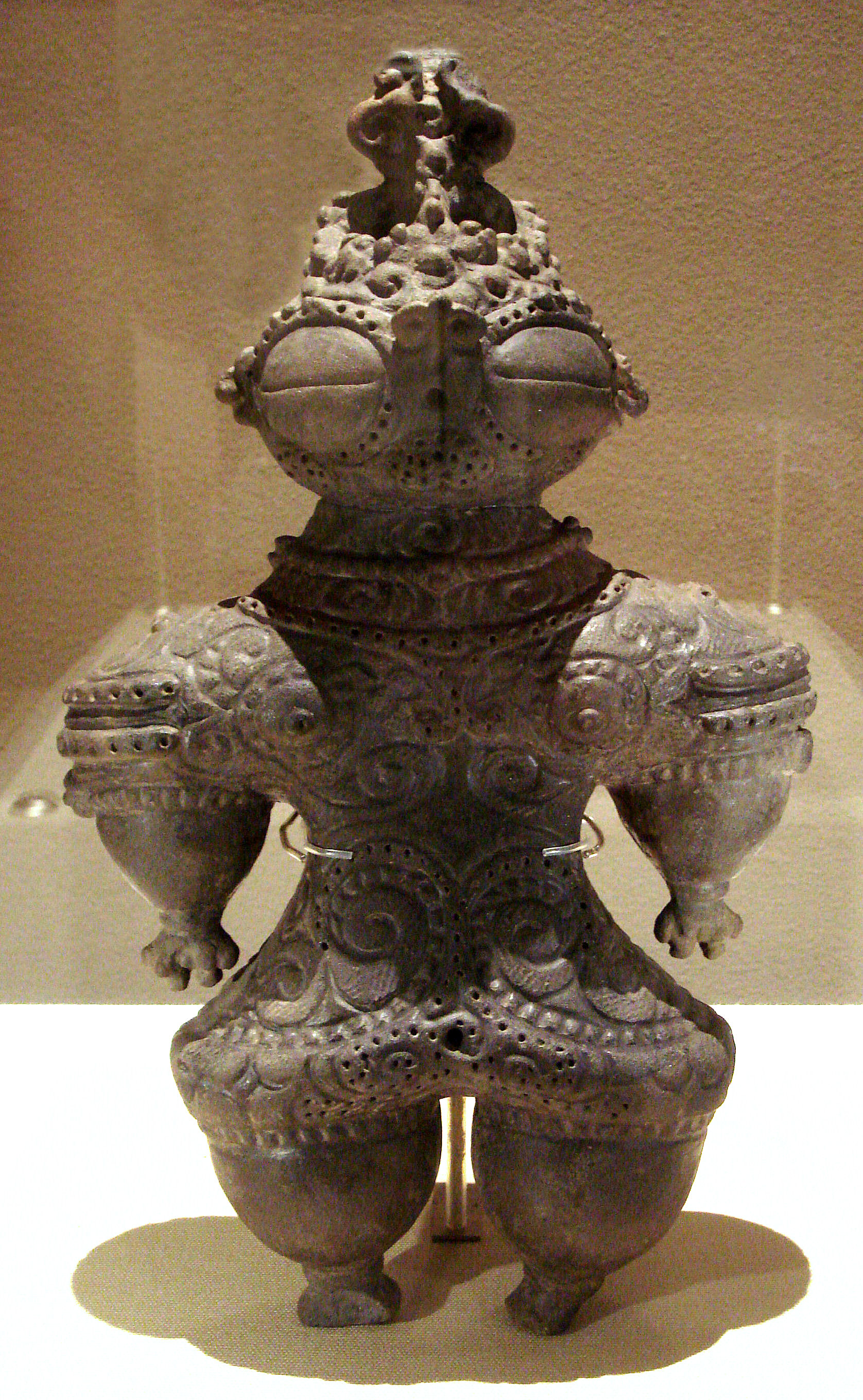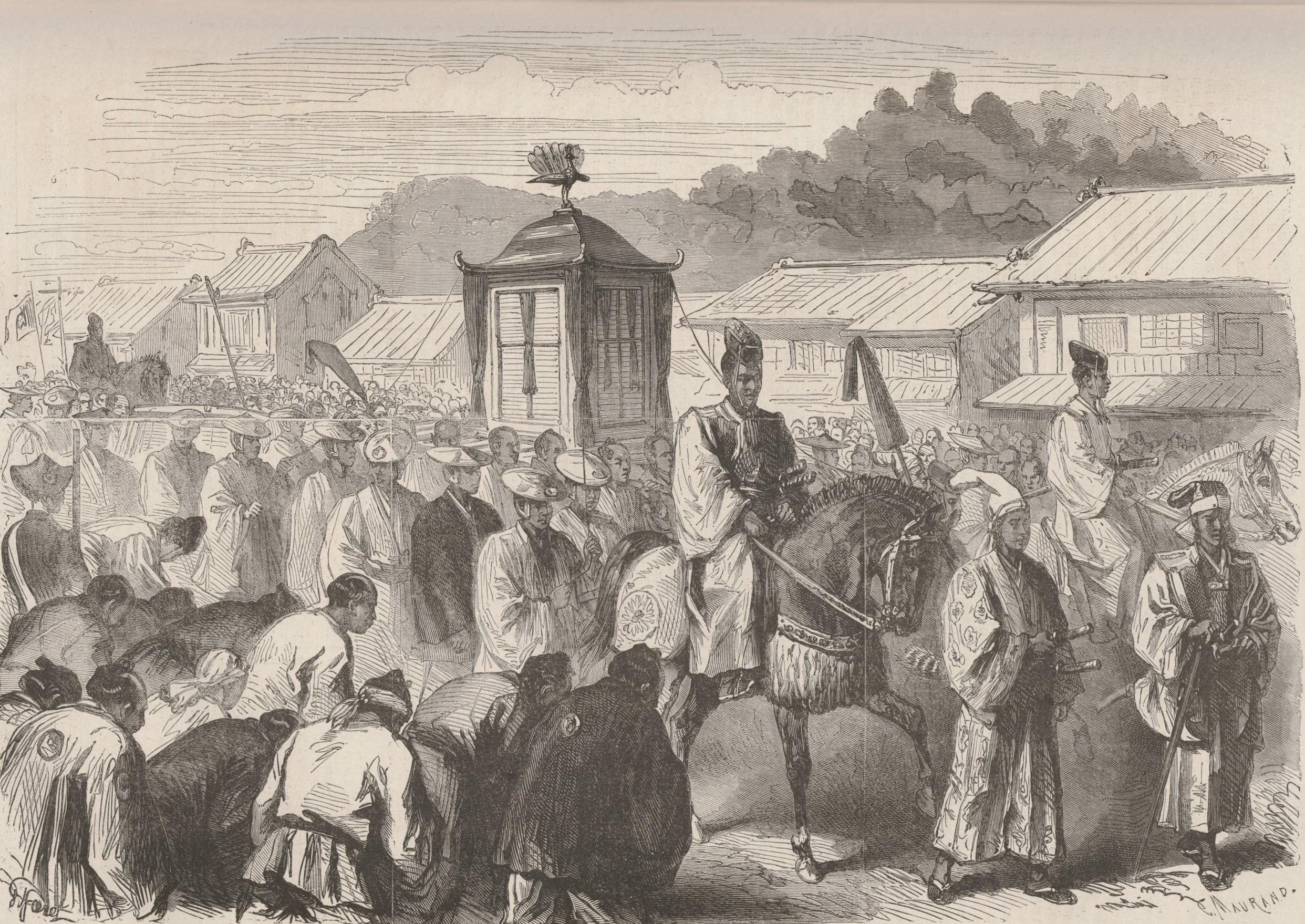|
Japonisme
''Japonisme'' is a French term that refers to the popularity and influence of Japanese art and design among a number of Western European artists in the nineteenth century following the forced reopening of foreign trade with Japan in 1858. Japonisme was first described by French art critic and collector Philippe Burty in 1872. While the effects of the trend were likely most pronounced in the visual arts, they extended to architecture, landscaping and gardening, and clothing. Even the performing arts were affected; Gilbert & Sullivan's '' The Mikado'' is perhaps the best example. From the 1860s, '' ukiyo-e,'' Japanese woodblock prints, became a source of inspiration for many Western artists. These prints were created for the commercial market in Japan. Although a percentage of prints were brought to the West through Dutch trade merchants, it was not until the 1860s that ukiyo-e prints gained popularity in Europe. Western artists were intrigued by the original use of color and ... [...More Info...] [...Related Items...] OR: [Wikipedia] [Google] [Baidu] |
Japanese Art
Japanese art covers a wide range of art styles and media, including ancient pottery, sculpture, ink painting and calligraphy on silk and paper, '' ukiyo-e'' paintings and woodblock prints, ceramics, origami, and more recently manga and anime. It has a long history, ranging from the beginnings of human habitation in Japan, sometime in the 10th millennium BC, to the present-day country. Japan has been subject to sudden invasions of new ideas followed by long periods of minimal contact with the outside world. Over time the Japanese developed the ability to absorb, imitate, and finally assimilate those elements of foreign culture that complemented their aesthetic preferences. The earliest complex art in Japan was produced in the 7th and 8th centuries in connection with Buddhism. In the 9th century, as the Japanese began to turn away from China and develop indigenous forms of expression, the secular arts became increasingly important; until the late 15th century, both religious an ... [...More Info...] [...Related Items...] OR: [Wikipedia] [Google] [Baidu] |
Meiji (era)
The is an era of Japanese history that extended from October 23, 1868 to July 30, 1912. The Meiji era was the first half of the Empire of Japan, when the Japanese people moved from being an isolated feudal society at risk of colonization by Western powers to the new paradigm of a modern, industrialized nation state and emergent great power, influenced by Western scientific, technological, philosophical, political, legal, and aesthetic ideas. As a result of such wholesale adoption of radically different ideas, the changes to Japan were profound, and affected its social structure, internal politics, economy, military, and foreign relations. The period corresponded to the reign of Emperor Meiji. It was preceded by the Keiō era and was succeeded by the Taishō era, upon the accession of Emperor Taishō. The rapid modernization during the Meiji era was not without its opponents, as the rapid changes to society caused many disaffected traditionalists from the former samu ... [...More Info...] [...Related Items...] OR: [Wikipedia] [Google] [Baidu] |
Ukiyo-e
Ukiyo-e is a genre of Japanese art which flourished from the 17th through 19th centuries. Its artists produced woodblock prints and paintings of such subjects as female beauties; kabuki actors and sumo wrestlers; scenes from history and folk tales; travel scenes and landscapes; flora and fauna; and erotica. The term translates as "picture of the floating world". In 1603, the city of Edo (Tokyo) became the seat of the ruling Tokugawa shogunate. The '' chōnin'' class (merchants, craftsmen and workers), positioned at the bottom of the social order, benefited the most from the city's rapid economic growth, and began to indulge in and patronise the entertainment of kabuki theatre, geisha, and courtesans of the pleasure districts; the term ("floating world") came to describe this hedonistic lifestyle. Printed or painted ukiyo-e works were popular with the ''chōnin'' class, who had become wealthy enough to afford to decorate their homes with them. The earliest ukiyo-e work ... [...More Info...] [...Related Items...] OR: [Wikipedia] [Google] [Baidu] |



